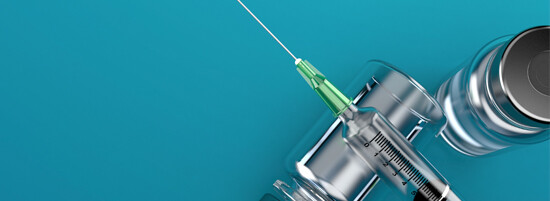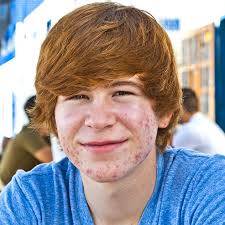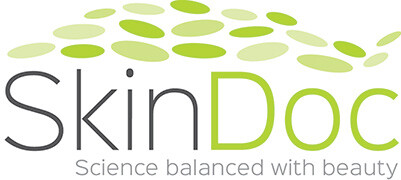Expert scar removal in Liverpool
Scarring is a result of a wound healing to injured tissue. Any injury that extends into the dermis will heal with a scar. When a cutaneous wound heals it does so with exuberant scarring, far more than what we consider to be a normal scar resulting in a process known as hypertrophic scarring.
Hypertrophic scars are raised and confined to the wound margin. Keloidal scars extend beyond the wound margin and are delayed in onset. They seldom resolve spontaneously.
Keloids and hypertrophic scars occur worldwide and in or skin type. More darkly pigmented skin tends to have a high risk for keloid formation. While keloids have been reported in people of all ages it tends to be uncommon among small children and the elderly.
Hypertrophic scars and keloids may appear anywhere on the body but they are particularly frequent on the earlobes, upper trunk and shoulders. Both types of scars are often preceded by trauma. This may include acne, infections, burns and piercing of the skin.


Treatment of hypertrophic scars and keloids is often challenging. Intralesional steroid injections are the most commonly used therapy for hypertrophic scars and keloids. Surgery can be used for hypertrophic scars which may not recur but are inadvisable for most keloids where the eventual recurrence rate is reported to be more than 80%. Ablation therapy of intralesional steroid and 5-fluorouracil have shown a more favourable response with hypertrophic scars and less so with keloid. Pain, hyperpigmentation and tissue sloughing were the major side effects.
Topical silicone gel sheeting is an adjunctive and useful therapy for both hypertrophic scars and keloids. The proposed mechanism of action is a reduction in water vapour loss which decreases capillary activity leading to reduced collagen deposition. It is safe and reasonably well tolerated.
Combination therapy of cryotherapy and intralesional steroid injections have also been utilised in the management of keloids in particular acne keloids.
One of the most common types of scars seen in dermatology practice are keloids often due to previous acne. These often occur on the cheeks as well as the chest, shoulders and upper back.
Acne scars
Multiple factors influence the treatment plan for acne scars. This includes scar type, severity, depth and patient factors such as downtime and skin type as well as response to treatment. Post-inflammatory hyperpigmentation occurs in more than 50% and persists for more than 12 months. In 25% of patients, pigmentation persists more than 5 years.
Acne scars often require multiple treatment modalities to obtain the best result. For example, subscision followed by facial volumising treatment and energy-based devices are often used. Radiofrequency can also be used in the more atrophic scars.
Subscision
This is a surgical technique for the treatment of depressed scars. A sharp needle is introduced into the skin just beneath the scar. The aim is to break the fibrous adhesions that form the scar. Once the scar surface is released from the underlying fibrous attachment it tends to lift the scar. It is mainly useful for rolling scars that are distensible with gently sloping edges. It is particularly effective for ice-pick or boxcar scars, but the scars would need combined modality.
Improvement varies between 15% and 80%. Initial improvement is more due to the oedema. Subscision can be repeated every 2 to 4 weeks if necessary. Subscision is said to be more effective than the CROSS technique for rolling scars with a lower incidence of complications.
Complications
Subscision is a safe procedure and complications are rare. Bruising and swelling are common after subscision. These side effects can last for up to 1 to 2 weeks.
Combined treatment subscision can be combined with other treatments for acne scars to increase the efficacy of the procedure. Subscision can be combined with the facial volumising treatment at 2 levels during the same procedure.
Facial volumising treatments that are used in acne scarring include hyaluronic acid, poly-L-lactic acid, and calcium hydroxyapatite. In many cases, 2 types of fillers are used. A soft facial volumising treatment is placed more superficial and a firmer treatment is placed more deeply in the dermis.
Treatment prevents recurrence of re-depression of the acne scar and enhances outcomes.
Facial Volumising Treatment for acne scars
These treatments are best used for shallow distensible acne scars. They give instant results but use is limited by the need for repeated injections.
Up to 95% of acne patients will develop scarring to some degree. The earlier the treatment for the acne is initiated the better the odds are that scar formation will be minimal. There is often no single best solution that applies to an individual acne scar.
The basic principle of scar correction using facial volumising treatment is to raise the depressed scar to the same level as the surrounding skin. To achieve an optimum result subscision should always be done before introducing the treatment for acne scars.
Hyaluronic acid is the most common treatment material used for acne scars. The duration of effect for acne scars is about 1 to 2 years.
Poly-L-lactic acid stimulates new collagen over 3 to 6 months. It can last longer than hyaluronic acid.
Calcium hydroxyapatite has been claimed to last 2 to 5 years. However, more recent estimates suggest it tends to last 12 to 16 months. There is little inflammation, a low side effect profile and no allergy testing is required.
This treatment is best used for shallow saucer-shaped acne scars. Therefore, it applies to depressed scars such as atrophic rolling scars. Treatments are not useful for ice-pick scars.
Complications
Side effects include redness, swelling, bruising, pain, infection and milia. However, these side effects are generally temporary and will resolve. In rare cases if the treatment is placed too deep, too shallow or over-corrected, or there is a persistent defect, minor surgical removal or steroid treatment may be required. Hyaluronic acid can be removed using hyaluronidase injections.
Facial volumising treatments are a practical and instant solution, and relatively free of side effects for patients who want quick results.
The disadvantage is that treatments need to be repeated every 6 to 10 months. However, some treatments can last up to 2 years. The semipermanent treatment tends to last longer but also needs to be repeated at permanent intervals. They require minimal touch-ups.
